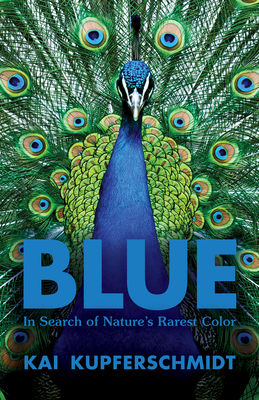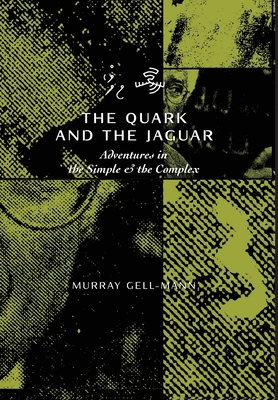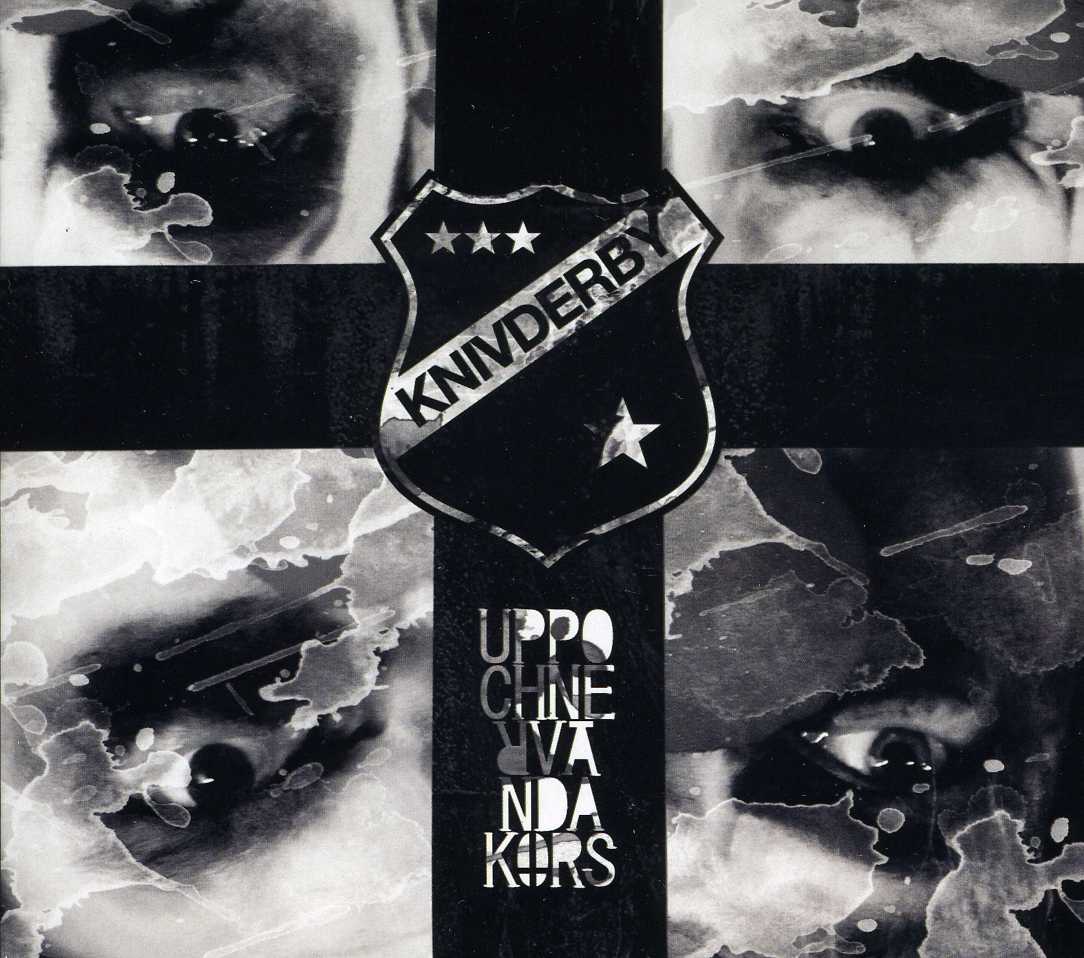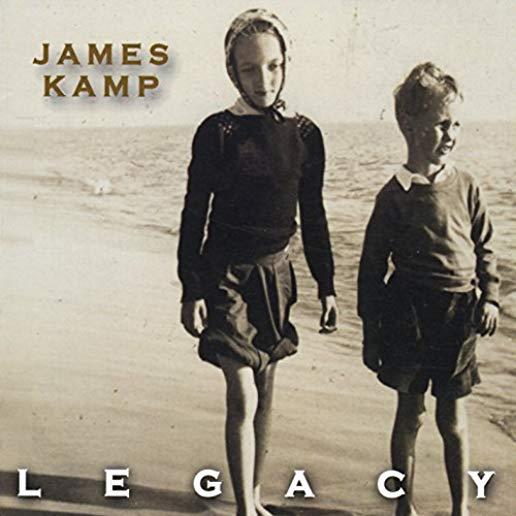
description
6A globe-trotting quest to find blue in the natural world--and to understand our collective obsession with this captivating color Search human history and you'll quickly conclude that we've been enamored of blue at least since the pharaohs. So, it's startling to turn to the realms of nature and discover that "true" blue is truly rare. From the rain forest's morpho butterfly to the blue jay flitting past your window, few living things are blue--and most that appear so are performing sleight of hand with physics or chemistry. Cornflowers use the pigment found in red roses to achieve their blue hue. Even the blue sky above us is a trick of the light. Science journalist Kai Kupferschmidt has been fascinated by blue since childhood. In Blue, his quest to understand the science and nature of his favorite color takes him from a biotech laboratory in Japan and a volcanic lake in Oregon to Brandenburg, Germany--home of the last surviving blue-feathered Spix's macaws. Whether it's deep underground where blue crystals grow or miles overhead where astronauts gaze down at our "blue marble" planet, wherever we do find Earth's rarest color, it always has a story to tell.
member goods
No member items were found under this heading.
Return Policy
All sales are final
Shipping
No special shipping considerations available.
Shipping fees determined at checkout.







